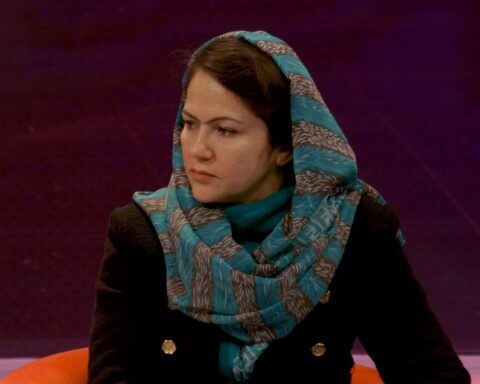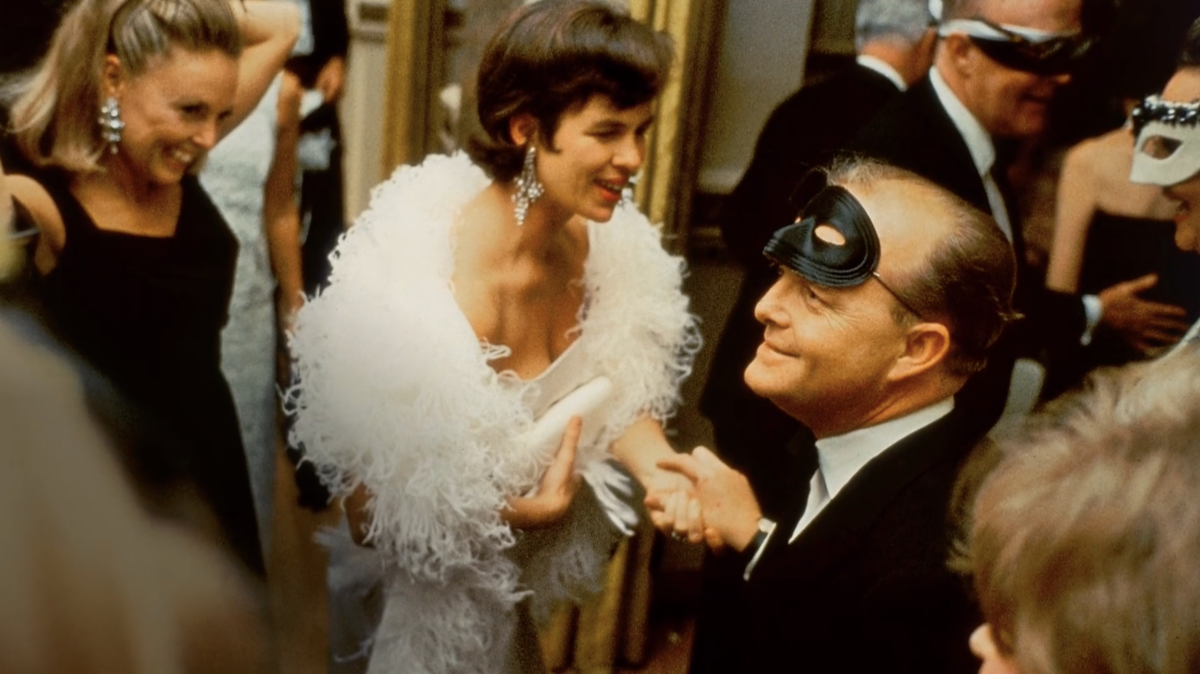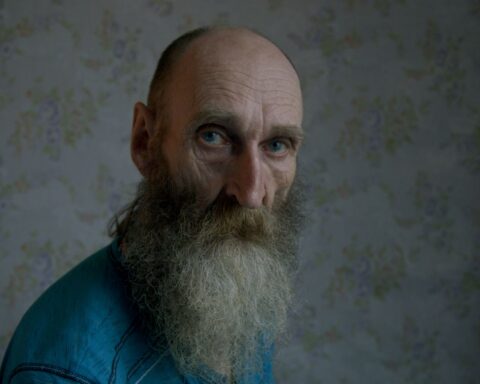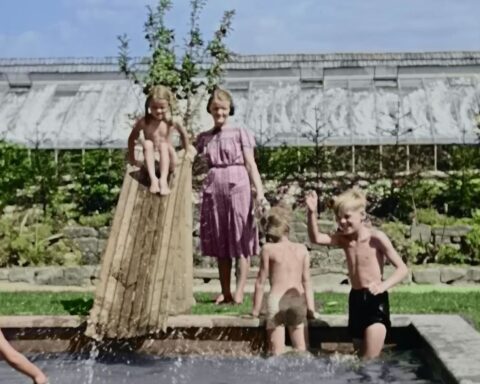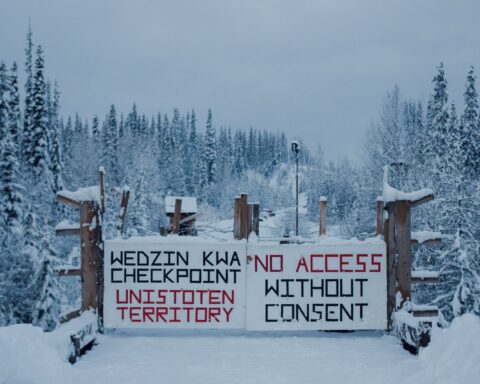The Cave
(Denmark, 95 min.)
Dir. Feras Fayyad
Programme: TIFF Docs (World Premiere)
After shining a light on the last men in Aleppo, Feras Fayyad turns his gaze towards the women of Syria. The Cave, Fayyad’s follow-up to his 2017 Oscar nominee Last Men in Aleppo, provides a visceral and harrowing portrait of several women in Ghouta, a city just 15 km away from Damascus, who provide emergency care for their neighbors as the country endures relentless bombings and attacks by the regime. This film is not for the faint of heart.
The world above ground is hell on Earth as Fayyad’s camera goes through the bombed-out remains, proving gut-wrenching images of the devastation wrought on Syria during this brutal war. With little shelter to provide care for the victims of the bombings and airstrikes, the women operate a clandestine hospital in a secret network of underground tunnels. Look no further than The Cave for a portrait of true heroism.
Central to the film is Dr. Amani, a young woman leading the operation and tending to patients with indefatigable care. Medical care in “the cave” is an all-hands-on-deck operation as every member of the staff works around the clock, treating patients, sanitizing equipment, and preparing meals from whatever supplies they have. Tensions run high and emotions run even sharper, yet Dr. Amani provides an anchor of stability amidst the chaos. It’s an awful burden for any young person to carry, but she defies the regime with her resilience.
Shot over two years in the tight quarters of the underground hospital, The Cave provides astonishingly immediate and gripping footage of the collective effort to survive. There is some truly astonishing footage here as Fayyad and his crew capture the efforts of first responders who save lives with limited resources or support aside. One particularly heart-pounding sequence sees a large group of children brought to the cave following an attack of chemical weapons. It shows the worst of the regime and the best of the hospital staff as the doctors save child after child, refusing to allow the regime to claim the lives of innocents.
What makes The Cave especially urgent is the impressive range of coverage that Fayyad provides from these episodes, which is especially notable given the cramped quarters and dangerous conditions in which they were filmed. It’s often tactless to assess stories of wartime in terms of aesthetics, but The Cave is as cinematically engaging as its story is significant. The result drops audiences into the midst of chaos. Even the most quotidian actions, like cooking rice, have a viewer on edge as the women cook ever so silently as they listen vigilantly for the bombers above ground, bracing themselves for an attack at any moment. The Cave is brutally difficult to watch, but the stress of surviving the experience only adds to one’s admiration for those who lived it.
The Cave ranks among the best of films to portray the tragedy of the Civil War in Syria and the resilience of the everyday people who keep the spirit of the nation alive. Much like this year’s equally moving For Sama, The Cave adds a much-needed story of the experiences of women in a field of work that has largely restricted its worldview to the tales of men. The doctors encounter the many difficulties that women in Syria face as they abide by the traditional patriarchal codes, but more importantly, it illustrates the arbitrariness of these social structures.
While there are many scenes of trauma in The Cave that will break a viewer’s heart, the most effectively powerful moment comes when two doctors, one male and one female, break under the pressure and shed tears over the seemingly endless stream of victims coming through their door. They pause and recuperate before carrying on the job as equals. Once the bombs fall and the gas invades communities, the playing field becomes level.




